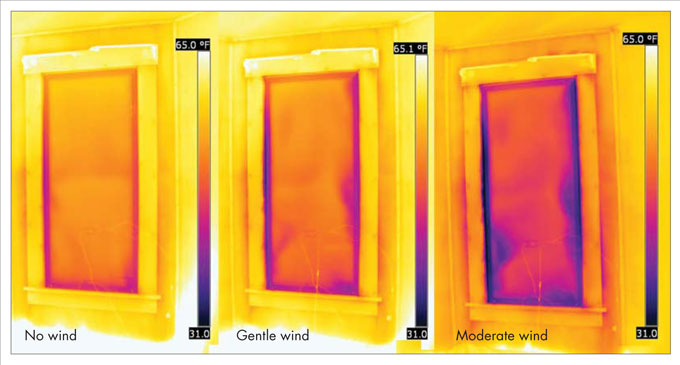
 8
8





 10
10





- Tim's Homestead Journal - Purchase a copy of Building a Better World in Your Backyard - Purchase 6 Decks of Permaculture Cards -
- Purchase 12x Decks of Permaculture Cards - Purchase a copy of the SKIP Book - Purchase 12x copies of Building a Better World in your Backyard
 8
8











 15
15




Whathever you are, be a good one.
___________________________________
 7
7




Invasive plants are Earth's way of insisting we notice her medicines. Stephen Herrod Buhner
Everyone learns what works by learning what doesn't work. Stephen Herrod Buhner

 3
3




"Never doubt that a small group of thoughtful, committed citizens can change the world; indeed, it's the only thing that ever has."-Margaret Mead "The only thing worse than being blind, is having sight but no vision."-Helen Keller






 3
3




Country oriented nerd with primary interests in alternate energy in particular solar. Dabble in gardening, trees, cob, soil building and a host of others.
 8
8




 9
9




 6
6




$10.00 is a donation. $1,000 is an investment, $1,000,000 is a purchase.
 7
7




A build too cool to miss:Mike's GreenhouseA great example:Joseph's Garden
All the soil info you'll ever need:
Redhawk's excellent soil-building series





 8
8




 5
5




 6
6










 5
5




Gary Nichols wrote:Any reason why these types of measures couldn't be implemented on the outside of the window like traditional shutters? It seems that would take care of condensation worries. My Dad-in-law works in the window blind industry and I have never heard him talk of blinds for heat retention but he says that in Europe they install shade blinds on the outside which is much more effective seeing as the heat has already come through your window otherwise.
Country oriented nerd with primary interests in alternate energy in particular solar. Dabble in gardening, trees, cob, soil building and a host of others.
 6
6




Gary Nichols wrote:Any reason why these types of measures couldn't be implemented on the outside of the window like traditional shutters? It seems that would take care of condensation worries. My Dad-in-law works in the window blind industry and I have never heard him talk of blinds for heat retention but he says that in Europe they install shade blinds on the outside which is much more effective seeing as the heat has already come through your window otherwise.
Perfect The Dwelling Land
 7
7




 4
4




Your friend isn't always right and your enemy isn't always wrong.
 3
3




Life on a farm is a school of patience; you can't hurry the crops or make an ox in two days.
Henri Alain
 3
3




Mart Hale wrote:
I prefer bubble wrap, I do two layers, gives me light and also insulates. To hide the bubble wrap you can use window blinds and still get light.
Your friend isn't always right and your enemy isn't always wrong.
 3
3




Anna Demb wrote:Here's a little more about DIY window inserts/interior storm windows. We made some for our 1893 Maine house back in 2010, and they are only now needing some new film and weatherstripping. The cost was about $6 a window. At that time, we also insulated the attic and basement, but the window inserts felt like the biggest improvement in comfort, keeping out drafts and chill while allowing the sun in and our view out. What a great investment! With the 2 layers of film, together with the window glass, we get 3 layers with 2 air pockets, like the expensive windows used in passive houses.
You can just push them in and pull them out, so they are easy to change out in fall and spring, or when you need some fresh air in the winter.
Also, they're easy and fun to make if you have a drill and/or screwdriver, a handsaw, a square, and a hair dryer.
Here's a link to directions on how to make them from the man who, it seems, invented them:
http://www.midcoastgreencollaborative.org/Documents/storm_pamphlet.pdf
 2
2




Laura K wrote:I have been thinking about these for what feels like forever but never got around to building them anywhere that I lived. Then my parents moved to Maine, and one time I was visiting them and saw them in their windows! I don't know if they came with the house (not the kind of thing my dad would build, but maybe...), but it was cool to see them being used "in the wild"!
Other than being a little delicate, I love that you can still see out the windows. My head continue to swirl with modifications (usually more complicated and more expensive, but maybe not much) -- solid plastic or plexiglas panels, one that I would like to hinge so that I can still open one of the two windows it would cover......
They are the perfect Kreg jig project!

|
It's good to want things. Want away. Want this tiny ad.
Learn Permaculture through a little hard work
https://wheaton-labs.com/bootcamp
|





